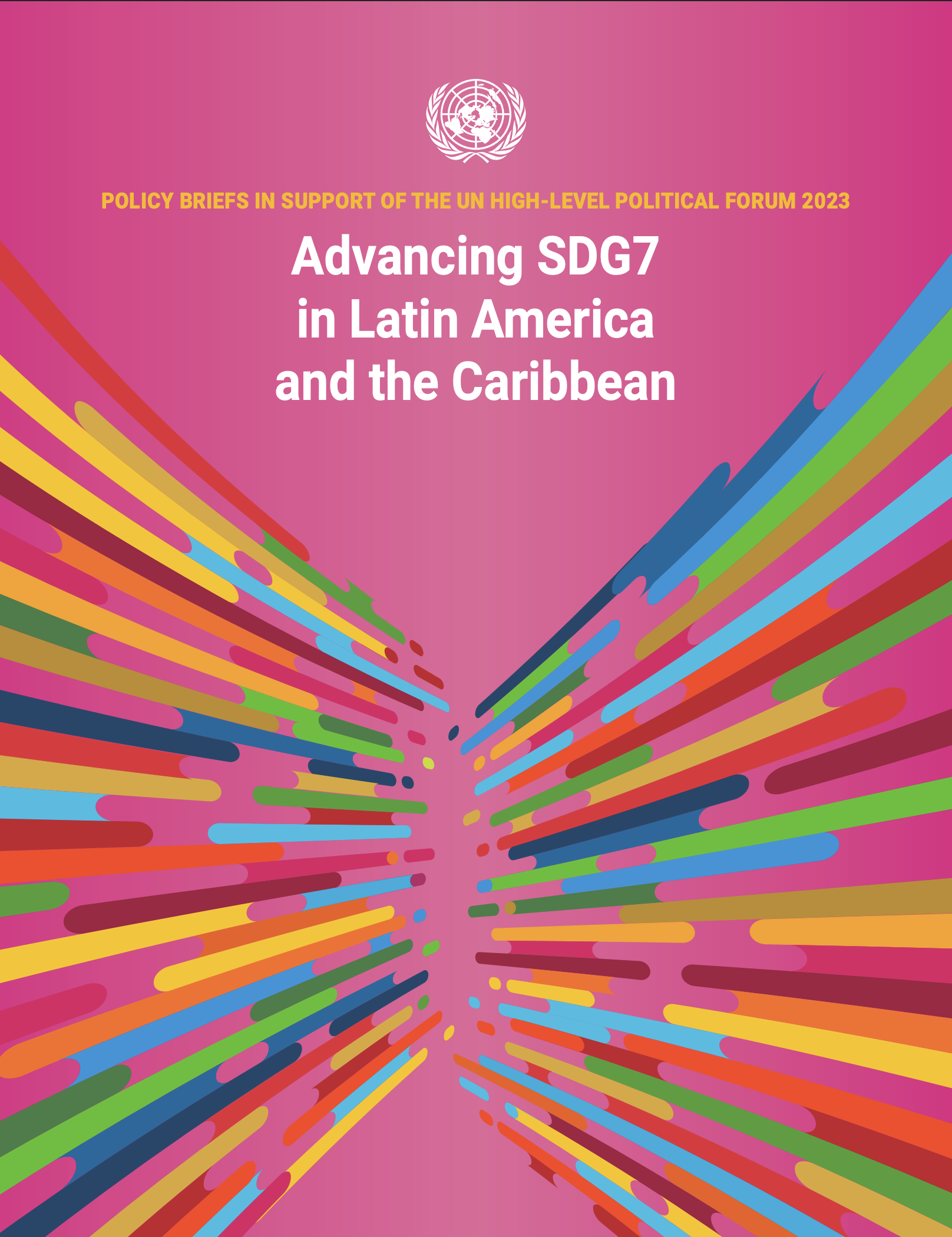Background
The Latin America and the Caribbean region has made significant progress in terms of access to electricity in recent years, reaching a 96.5 per cent access rate in 2021.
There are, however, still strong inequalities accentuating energy poverty. The most vulnerable fifth of the population has around nine times less access to electricity than the richest.
At the same time, fossil fuels still dominate. In 2021, these constituting 66.8 per cent of the energy mix.
In recent years, energy efficiency has not been increasing, either, except for a slight improvement in the transportation sector, which consumes the largest proportion of fossil fuel energy.
UNECLAC has calculated that an annual investment equal to 1.3 per cent of regional gross domestic product (GDP) over a decade would be necessary to increase regional electrical integration based on a high share of renewable generation (80%), in order to advance towards SDG 7 targets (7.1 and 7.2). This investment would also lead to a 31.5 per cent reduction in carbon dioxide (CO2) emissions and create 7 million new green jobs, with a corresponding increase in wages and incomes.

